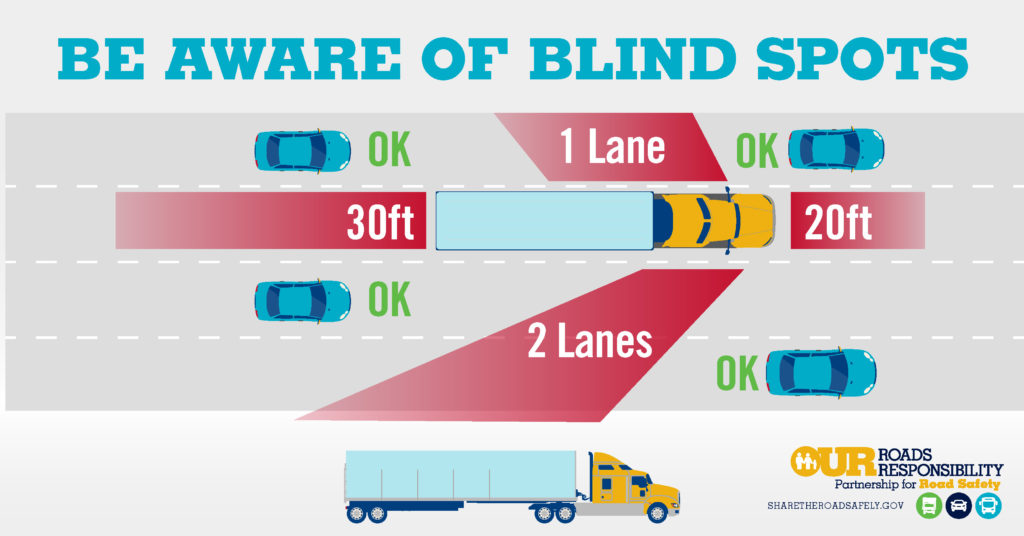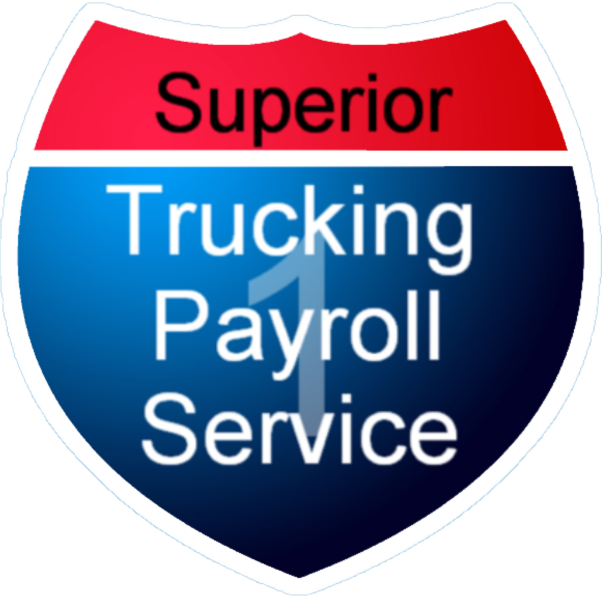Ways We Look Out for Your Business From operating accounts...
Read MoreTruck drivers are an important part of our economy because they transport goods and keep our stores stocked. Despite the importance of their work, many people are unaware of the challenges and realities of being a truck driver. Truck drivers face a unique set of difficulties that can make their job both physically and mentally challenging. From long hours on the road to strict regulations and difficult working conditions.
In this article, we will look at some of the misconceptions and stereotypes that truck drivers face, as well as the day-to-day realities of life on the road. Understanding their perspective can help us all be more considerate and respectful of their needs, whether you’re a fellow truck driver or just someone who shares the road with these hardworking professionals.
Beware of blind spots:
Trucks have four large blind spots: front and rear, as well as on either side. Don’t assume truck drivers can see you, especially if you’re driving on the right side of the road (remember, the left lane is for passing). If you can’t see the driver’s face in their side mirror, they probably can’t see you. If you’re driving parallel to the truck on the left or right side, you’re probably in the driver’s blind spot, which they don’t like. It makes changing lanes dangerous and predicting other cars’ behavior difficult, making driving more treacherous for everyone.

Stopping takes time:
Semi-trucks are large, heavy vehicles that are more difficult to maneuver than smaller vehicles. This means that they require a greater stopping distance, especially when fully loaded. Because of their size and weight, they have a more difficult time changing lanes or making quick turns. Due to the kinetic energy that must be dissipated when a truck driver has to brake suddenly, the truck takes a longer distance to stop. This means that truck drivers must be extra cautious and leave plenty of stopping distance between themselves and the vehicles in front of them. So if you are driving next to a semi-truck, don’t cut right in front of them because there is room. It is a dangerous spot to be in because the truck won’t be able to stop quickly and will hit your car. They must also be aware of their surroundings and anticipate the actions of other road users.
A fully loaded semi-truck can weigh up to 20 times the weight of an average car. Even in ideal conditions, a 65 MPH truck can take up to 525 feet to come to a complete stop. That’s nearly two football fields long. Other drivers must understand this and be aware that a semi-truck may not be able to stop as easily as a car.
Truck drivers have their own lingo:
Semi-truck drivers have their own unique lingo that is often specific to the trucking industry. It’s important for other drivers to be aware of this lingo and not to be confused or offended by it. This jargon is used to effectively and efficiently communicate with other truck drivers and dispatchers, and it can be confusing to those who are unfamiliar with it. Trucker jargon includes terms such as “deadhead,” which refers to a truck driver driving an empty truck, “doubles,” which refers to a truck pulling two trailers, and “bobtail,” which refers to a truck without a trailer. They also use CB radio codes like “10-4” for “message received” and “breaker one nine” for “look for a trucker to talk to.” This lingo is an important part of the trucker culture, and it allows them to communicate with their peers more effectively and efficiently.
Detention is real:
No, truck drivers do not get called to the principal’s office. Trucker detention refers to the amount of time a truck driver must wait at a shipping and receiving facility before loading or unloading their cargo. This can occur due to a number of factors, including delays in receiving or processing paperwork, delays in loading or unloading cargo, or unexpected traffic congestion. Trucker detention can be expensive for trucking companies because drivers are paid by the hour and cannot move on to their next job until they are released from detention. Some shippers and receivers have been known to exploit this by keeping drivers waiting for extended periods of time to avoid paying detention fees.
Pay varies a lot:
Many truck drivers are paid by the mile, as opposed to most jobs, which pay a base salary or an hourly rate. Drivers’ earnings are calculated using the job’s “CPM,” or cents per mile, under this pay structure. Other drivers, though less common, are paid per load, earning a flat rate for each haul they deliver. And because owner-operators are often paid as a percentage of the load revenue, the more valuable the load, the more money they make. The average truck driver’s salary varies depending on location. According to the Bureau of Labor Statistics, the median salary in the United States is around $45,000 per year.
Trucking matters:
Trucks transport everything. Food, clothing, medical supplies, etc. They are pretty much the only mode of transportation for specific products. If the trucking industry didn’t exist, the availability and cost of goods would be highly impacted. Many businesses would be unable to function. Therefore, trucking generates income for many families, trucking companies, and their employees. The importance of the trucking industry is keeping our goods delivered to where they need to be.
Bottom line:
Truck drivers play an important role in our economy, but their work is frequently undervalued and misunderstood. Truck drivers face a variety of challenges, including long hours on the road, strict regulations, and difficult working conditions. They get no snow days, holidays, or weekends. They must also contend with myths and stereotypes, which can make their task more difficult. We can all be more considerate and respectful of truck drivers’ needs if we understand what they wish more people knew about their profession. We can also raise awareness about the difficulties they face as well as the critical role they play in keeping our communities running. Keep this in mind the next time you see a truck driver on the road.

Written by Tessa Braybrook
Tessa joined Superior Trucking Payroll Service in September 2022. She loves to write and make videos which made her a great asset to the team in her marketing position.
Before working at Superior Trucking Payroll Service she worked in IT at GVSU which gave her the skills to problem-solve with customers over the phone.
Contact Us!
Driver Retention Tips
One of the biggest problems for businesses in the world...
Read MoreHow to Avoid Payroll Errors and Penalties in the Trucking Industry
Are you tired of dealing with payroll issues in the...
Read MoreWhy Was No Income Tax Taken Out of my Paycheck?
Why Was No Income Tax Taken Out of my Paycheck?...
Read MoreUnderstanding Supplemental Payroll Fees: What They Are and Why They Matter
Are you a business owner trying to understand the complexities...
Read More